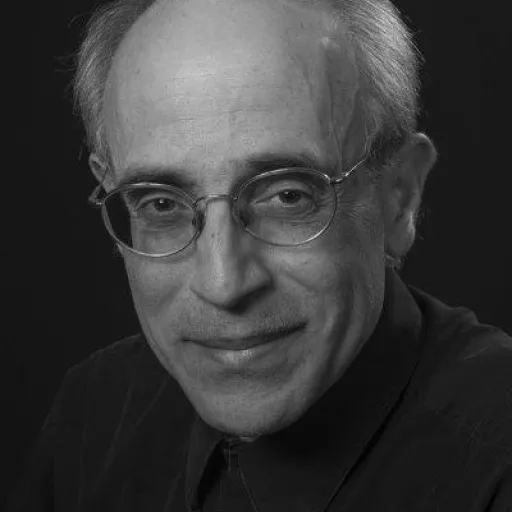The Third Way
From "Design Discourse"

Four centuries after Sir Francis Bacon first proposed his landmark educational reforms in The Advancement of Learning (1605), the liberal arts have become practice-oriented, more fully conscious of their concrete application in the marketplace and within public and private institutions. For teachers and scholars of professional and technical writing (PTW), this development represents not only new opportunities for program development but a new model for the humanities themselves.
As Richard M. Freeland, the president of Northeastern University, observes: “Slowly, but surely, higher education is evolving a new paradigm for undergraduate study that erodes the long-standing divide between liberal and professional education. Many liberal arts colleges now offer courses and majors in professional fields: professional disciplines, meanwhile, have become more serious about the arts and sciences. Moreover, universities are encouraging students to include both liberal arts and professional coursework in their programs of study, while internships and other kinds of off-campus experience have gained widespread acceptance in both liberal and professional disciplines."
Freeland calls this paradigm the Third Way, but its premises are hardly new. PTW programs have advocated these cross-disciplinary ideas since Carolyn R. Miller’s 1979 essay “A Humanistic Rationale for Technical Writing.” Mainstream educators, however, largely ignored us, until the Association of American Colleges and University’s published its 2002 national panel report, Greater Expectations: A New Vision for Leaning as a Nation Goes to College.
FOUR GLOBAL TRENDS
Over the past four decades, the report documents, college attendance has grown so much that 75% of high school graduates now get some postsecondary education within two years of receiving their diplomas. This remarkable trend, true not only in America but abroad, has resulted from the latest seismic shifts produced by the Scientific and Industrial Revolutions Bacon foresaw in the early 17th century.
According to Adrian Woodridge, a Washington D.C. correspondent for The Economist, four economic and technical developments have caused this international boom in higher education:
- Democratization: Or “massification” in the jargon of the educational profession. All over the world, more people than ever are attending college.
- Globalization: The “death of distance” is transforming education just as radically as it is transforming the economy.
- Competition: Traditional universities are being forced to compete for students and research grants, and private companies are trying to break into a sector which they regard as “the new health care."
- The Rise of the Knowledge Economy: The world is in the grip of a “soft revolution” in which knowledge is replacing physical resources as the main driver of economic growth.
This last factor is most responsible for the emergence of Freeland’s Third Way, and for the growing importance of PTW programs at liberal arts colleges. As the AACU observes, students are flocking to college “because the world is complex, turbulent, and more reliant on knowledge than ever before." Ironically, however, educational practices invented when higher education served only the few are increasingly disconnected from the needs of these contemporary students. If the humanities are to remain viable, dynamic, and relevant, the panel concludes, liberal arts colleges must redefine their mission.
A NEW MISSION FOR A NEW CENTURY
Liberal education for the new century should look beyond the campus to the issues of society and the workplace. It should aim to produce global thinkers. Quality liberal education should prepare students for active participation in the private and public sectors, in a diverse democracy, and an even more diverse global community. It will have the strongest impact when studies reach beyond the classroom to the larger community, asking students to apply their developing analytical skills and ethical judgment to concrete problems in the world around them, and to connect theory with insights gained from practice.
This approach to liberal education—already visible on many campuses—erases the artificial distinction between studies deemed liberal (interpreted to mean they are not related to job training) and those called practical (which are assumed to be). A liberal education is a practical education because it develops just those capacities needed by every thinking adult: analytical skills, effective communication, practical intelligence, ethical judgment, and social responsibility.
In the past, colleges grudgingly provided such skills by offering the most basic professional and technical writing courses. But as more campuses practice what William Butcher calls “the applied humanities,” more educators have become dissatisfied with these skills-based service courses. For the liberal arts to prepare students for “responsible action,” for business, communications, health, law, and technologies to become a form of “liberal education,” professional training itself must become an object of genuine intellectual inquiry and a topic for serious writing. That means developing comprehensive and interdisciplinary PTW programs, serving the professions but housed in and treated as a branch of the humanities.
The science ministers in Bacon’s Bensalem College of the Seven Days gather books, abstracts, and patterns of experiments from acround the world. Such compilers are called Merchants of Light, and the term is apt. A precursor of General Electric’s twin mottos “We bring good things to light” and “Progress is our most important product,” Bacon’s homey analogy spotlights the practical side of his visionary philosophy. Writing at a time when exploration had opened new trade routes and invention and entrepreneurship had created new technologies, Bacon considered knowledge precious capital in a global market. The parallels to our own time are obvious.
